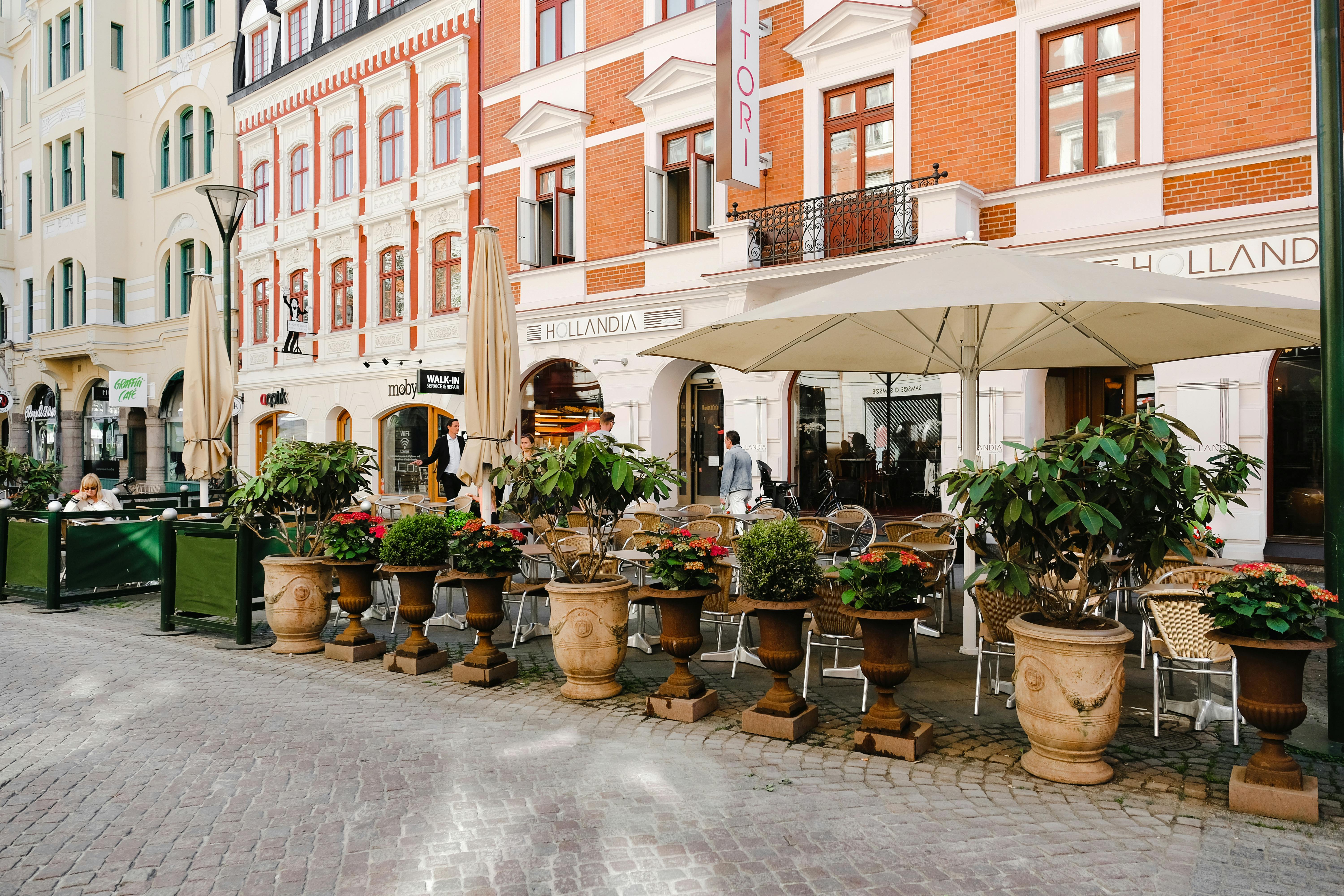In March 2015, the National Association of Realtors (NAR) randomly surveyed 49,485 realtors asking them about real estate market conditions in their particular state over the past year. 791 people (1.61 percent) responded. As a real estate agent working in California, I found it informative to work through the different reports, categorize them according to challenging and easy conditions, and conclude compared to real estate conditions in California during 2015.
Commercial lenders, investors, or anyone interested in buying or selling a property may find this analysis informative and interesting. Here it is.
Some states found the market environment feasible.
Some states, like Illinois, found that 2015 was a boom time for real estate. Agents in Chicago revealed on opportunities.
This broker had this to say:
[… ] Best market in my 40 years of history. These are the “good morning”! – Tennessee Property taxes are out of control, especially for commercial properties.
But another added
Property taxes are out of control, especially for commercial properties.
Other states suffered from their market environment
There were the most common complaints: recession, economic uncertainty, rising prices, default on payments, homes languishing due to unaffordable prices, or distressed or unstable markets.
Said this agent in New York:
Economic uncertainty is a third option close to point 3 above. The ‘local’ commercial investor remains hard hit by the recent recession. There are still a large number of job openings for many “neighborhood” centers.
And other:
We live in a distressed area that makes it very difficult to start or maintain a business in a small town in America.
Montana in 2015 was another expensive area. Real estate agents noted:
Decreasing rates of return. Currently, 7% is reduced by low annual increases to the point that leases are a detriment the longer they are in force and that affects a bank and a buyer who are attracted to them. Net Present Value of Future Dollar Returns: 10% every 5 years ends up being a long-term loser by failing to keep up with historical inflation of 3% or 4%.
Picky Lenders
Other states this past year saw picky lenders who were more reluctant to lend. Much of this was due to stricter government regulations and increased consumer protection that was especially strained for residential property.
In Missouri, for example, real estate agents mentioned that:
The lower net operating income of the Property in question and Borrower, securities and equity positions (higher contribution of capital to the transaction and lower loan value) have a HUGE impact on the decisions that lenders are considering and making. Money does NOT seem to be the problem.
Government regulations had been kicked in and while they are definitely helpful to the borrower, they proved provocative to private lenders. In North Carolina, this is what representatives of the real estate industry had to say about their situation:
Dodd-Frank has made letters for the sale of Farms, the home must be valued at 35% of the sale price.
And another in Indiana said:
Government overregulation stifles growth.
The private loan sector has grown by leaps and bounds in the past year, but apparently, the larger the private loan market, the deeper the control of the federal government. Florida witnessed the worst in 2015 (these next few months do not predict any better). Said a broker who works in Miami:
Future flood insurance rates are a big problem in Florida commercial real estate
The market environment in California in 2015
California home prices topped all charts and were out of bounds. On the one hand, the ground was littered with architectural designs and attractive buildings, some of which were erected by the most famous names in the architectural field. Wealthy expats and foreigners flocked to earth pulling money out of their pockets to buy buildings. The buildings included residential and commercial properties. Prices across the board rose to new heights.
In most California cities, the supply increased rapidly. The apartments were stock in demand, probably because they were the most affordable. But even here, one had to be relatively wealthy to pay for them.
Housing in California has long been more expensive than most of the rest of the country, but between 1970 and 1980, California home prices rose from 30 percent above U.S. levels to more than 80 percent. percent. Today, an average home in California costs $ 440,000, roughly two and a half times the median price of a national home ($ 180,000). Additionally, California’s median monthly rent is about $ 1,240, 50 percent higher than the rest of the country ($ 840 per month). And prices are forecast to rise (albeit slightly) next year.
In addition, there are not enough housing in the major coastal communities of the state to accommodate all the households that want to live there. This competition drives up house prices and rents. Some people who find the California coastline unaffordable turn to inland California communities, driving prices up there as well. In short, California became famous for expensive homes that led experts to predict a housing bubble that would surpass the 2006 bubble in scope and intensity. (But whether this is so remains debatable.)
High home prices here also make home ownership out of reach for many. Faced with expensive housing options, workers in California’s coastal communities commute 10 percent more each day than commuters elsewhere, largely because there are limited housing options near major workplaces. Californians are also four times more likely to live in crowded housing, leading at least one private commercial lender working in California to observe that:
Empty lots are always a problem.



